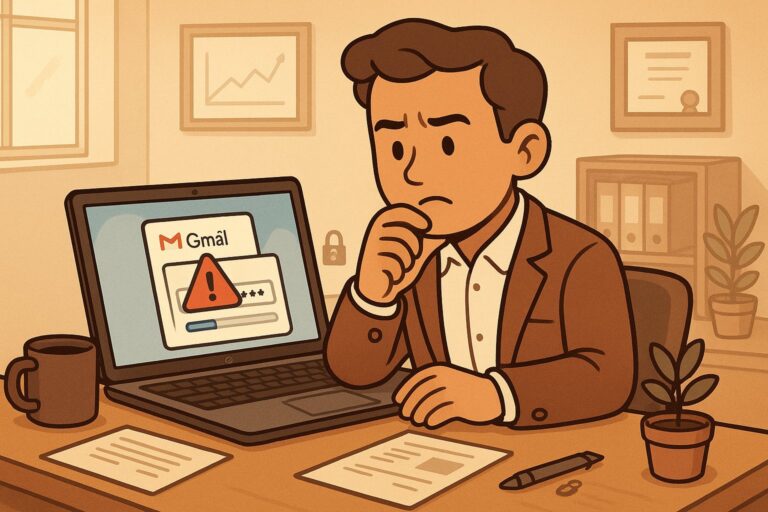As a business owner, you take precautions and have policies in place to help you handle the what-ifs that may disrupt your business. You probably have protection for your cars, your business, yourself, and your employees, but what about the day-to-day tasks that define who you are on a daily basis? Think about your daily operations and everything that goes in to defining who and what you are as a business, now envision how you would recover from a complete loss or drastic business interruption. Where does your information go and how do you continue to operate? If you don’t know, you do not have a disaster recovery plan, or a business process contingency plan in place. What’s the worst that can happen, right?
- Complete data loss
Your company’s data is its bread and butter, and if you lose it, your base can crumble. Data loss can occur a number of different ways: natural disaster, security breaches, and human error. Your company is not resistant to any of these. Nearly 17 percent of companies experience a complete data loss, and the outcome is devastating. Depending on the size and operations of a business, the cost of a complete data loss can cost thousands or even millions of dollars. The loss of data triggers a snowball effect from which many businesses are unable to recover.
- Business interruption
Any moment you are not working, you are losing money. Not only are you losing daily income, but your business is losing employee productivity as well. Downtime is money lost. If you suffer a data loss, your business will not be equipped with the tools and information it needs to resume business as usual. Whether your business needs to start up in the same location or it has to move to a temporary space, the process needs to be a smooth transition and the unit needs to be cohesive so that your organization can continue with business as usual.
- Loss of clients
Your clients and customers are fond of your business, but they are not likely going to care that you suffered a data loss. They want to know when you will be up and running again and where their information has gone. Telling your clients that you are unable to assist them or that you have to start from scratch is a conversation many are unwilling to have. The consumer has needs and they have employed you or sought you out to fulfill those needs. If a customer believes you are not equipped or that you have not methodically devised a plan for recovery, they will begin to question your preparedness for handle his/her business. Once it gets out that all of your data has been lost or that you can no longer handle the client’s needs, the news will spread like wildfire.
- Expensive recovery, if your business recovers at all
According to Tech Radar online, more than two out of every five businesses do not have a disaster recovery plan. What does that mean? Well, according to a survey 1 in 20 businesses never recovered from a data loss. The costs associated with a data loss are influenced by many factors: costs to replace hardware, costs to rekey data, loss of daily profits, and loss of employee productivity.
…Wondering how you can go about preparing for a disaster? Alliance can help!
Contact us today for a free consultation, and let’s work together to keep your business safe.


